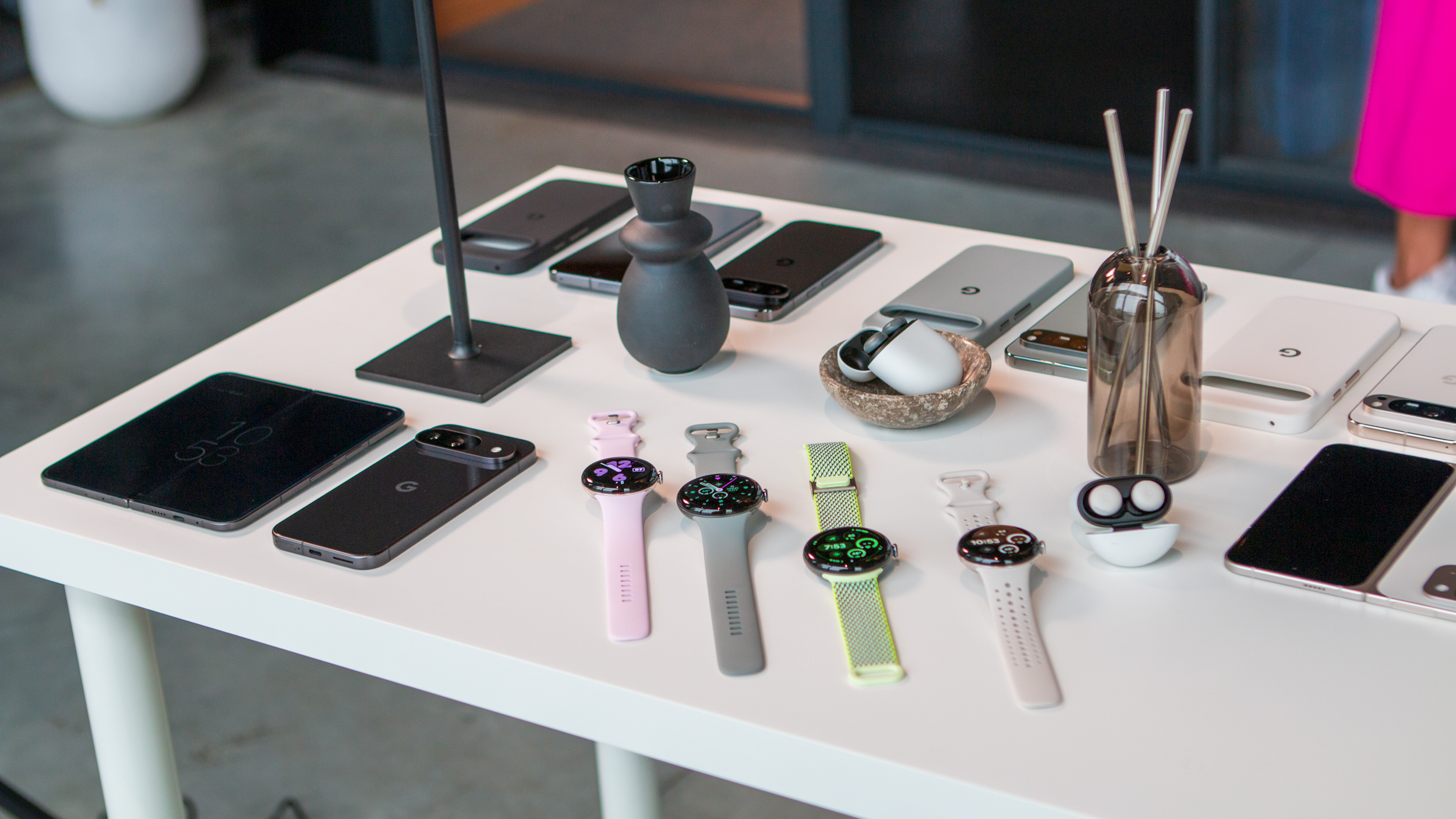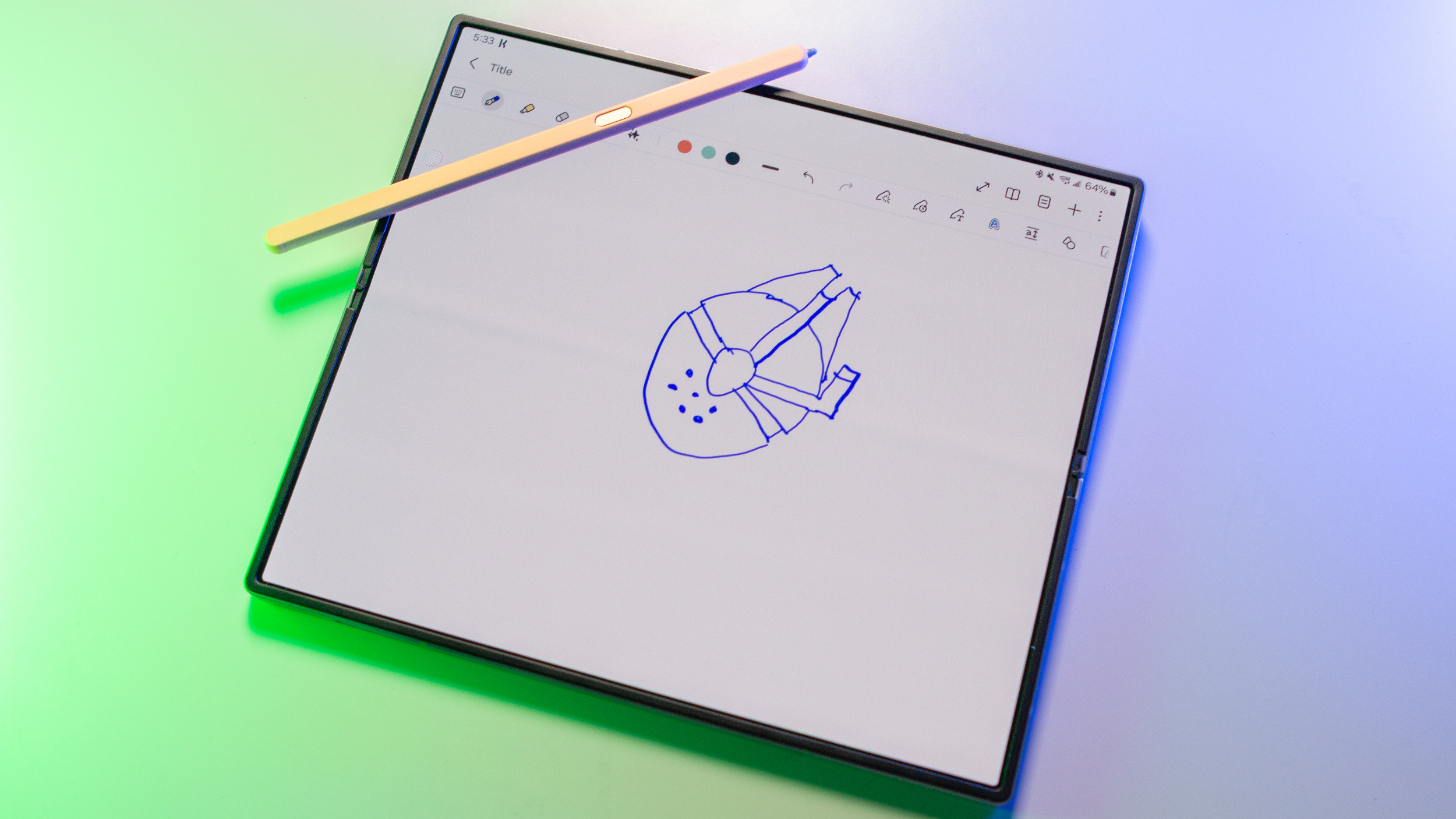Should you upgrade to the Google Pixel 9 Pro Fold?
To fold or not to fold?

More than a year after the original Pixel Fold launched, Google is back again with the Pixel 9 Pro Fold. Over that span of time, we've seen Samsung release both the Galaxy Z Fold 5 and Fold 6, while the OnePlus Open entered the fray. No matter what phone you currently own, you might be wondering if you should upgrade to the Pixel 9 Pro Fold.
Although we were excited to see Google join the mix with its first attempt, the Pixel Fold fell a bit short of expectations in a few different ways. However, given Google's previous track record, it's definitely understandable if you're on the fence about moving over to the Pixel 9 Pro Fold.
Design overhaul fixes a lot of complaints
If there's one thing that Google absolutely nailed with the Pixel 9 Pro Fold, it's the brand-new design. It's difficult to even believe that this new phone and the Pixel Fold came from the same company, as the changes are incredibly drastic. For one, Google understands that people don't want a compromised experience, regardless of whether you're using the cover screen or the massive inner display.
App compatibility with foldable phones continues to be a headache despite the form factor being around for more than six years. In an effort to reduce potential issues, the displays will better adapt to the apps that you use. This is especially true when using apps on the inner screen on a split screen, as the aspect ratio makes it feel like you're using two apps at the same time without awkward layouts.

The inner screen has also been upgraded in a number of ways, starting with the improved hinge. You'll no longer have to worry about the phone not being able to unfold to 180 degrees, something that some Pixel Fold owners experienced. It's about as good as you might have hoped, offering a smooth and satisfying "pop" when either folding or unfolding the phone.
Tensor G4 leaves no phone behind

One of the biggest complaints about the Pixel Fold was that it only enjoyed a few months of being the best phone that Google offered. As soon as the Pixel 8 lineup was introduced with the Tensor G3, the Fold immediately felt obsolete. This feeling was driven home even further after it was revealed that the $1,800 Fold would lack features found in phones that cost at least $1,000 less.
Thankfully, Google learned from its mistakes this time around, as the 9 Pro Fold shares the same Tensor G4 SoC as its contemporaries. At least in terms of what's possible, all four Pixel 9 models enjoy largely the same set of software features. Of course, this includes all of the new Gemini AI features, such as Gemini Live, Pixel Screenshots, Super Res Zoom, and more.
Get the latest news from Android Central, your trusted companion in the world of Android
Foldable phones are so versatile

By now, you might be asking yourself why spring for the 9 Pro Fold if the less expensive phones can do the same things. Well, that's where the foldable phone aspect comes into play. Pull the phone out of your pocket, and you have a Pixel 9 Pro, albeit one that's a bit thicker than you might be used to.
While the 6.3-inch screen is fine for pretty much everything, there are times when you're doing something and have a bit more space to stretch out. Just open the Fold, and now you have a screen that's even bigger than our beloved Nexus 7. And when you're done, close it shut and throw it back into your pocket without wishing you still had JNCO jeans or cargo shorts.
Why you shouldn't upgrade to the Pixel 9 Pro Fold

Besides adapting to a different form factor, the biggest barrier to upgrading to a foldable phone is the cost. Even with some pretty great pre-order deals, the $1,800 price tag can still hit you with a bit of sticker shock. This is part of the reason why Samsung is seeing more success with the Galaxy Z Flip line, while Motorola is content in sticking with the flip form factor instead of venturing into the book-style foldable.
Not helping matters is something that we consider to be a reason in favor of upgrading to the Pixel 9 Pro Fold, and that's the feature parity with the Pixel 9 Pro and 9 Pro XL. Even when matching up the storage configuration (the Fold starts with 256GB), the Pixel 9 Pro XL is $700 less than the 9 Pro Fold.

For the same price as the Pixel 9 Pro Fold with 256GB of storage, you can get the 9 Pro XL, Pixel Watch 3, and Pixel Buds Pro 2 and will still have a few bucks left over to snag a case or extra watch band. That's one tough pill to swallow, especially if you're potentially looking to dive head-first into the Pixel ecosystem.
Another detractor to the Pixel 9 Pro Fold is that it still lacks stylus support, something Samsung has featured in the Galaxy Z Fold series since the Fold 3 in 2021. Even the OnePlus Open technically supports the use of a stylus, although that's not in an official capacity and is only possible if you import the OPPO Pen. This might not be a deal-breaker for some, but it could definitely play a factor if you're upgrading from an older Galaxy Z Fold.
Lastly, there is a sentiment with the Galaxy Z Fold 6 that these expensive phones still feel as though they're being treated as second-class citizens in the camera department. We have only minimal upgrades with the Pixel 9 Pro Fold's camera, while the 9 Pro and 9 Pro XL will arguably provide better photos and videos.
Give it a chance

If there's even an inkling that you might want to upgrade to the Pixel 9 Pro Fold, just give it a shot. We aren't talking about buying one and returning it if you don't like it, but head over to your local big box store and mess around with the display models. Obviously, this doesn't give you the full picture of what to expect, but it should be enough to whet your whistle before making a final decision.
In the meantime, you can look forward to our review of the Pixel 9 Pro Fold, which is currently in progress.

Andrew Myrick is a Senior Editor at Android Central. He enjoys everything to do with technology, including tablets, smartphones, and everything in between. Perhaps his favorite past-time is collecting different headphones, even if they all end up in the same drawer.
You must confirm your public display name before commenting
Please logout and then login again, you will then be prompted to enter your display name.
